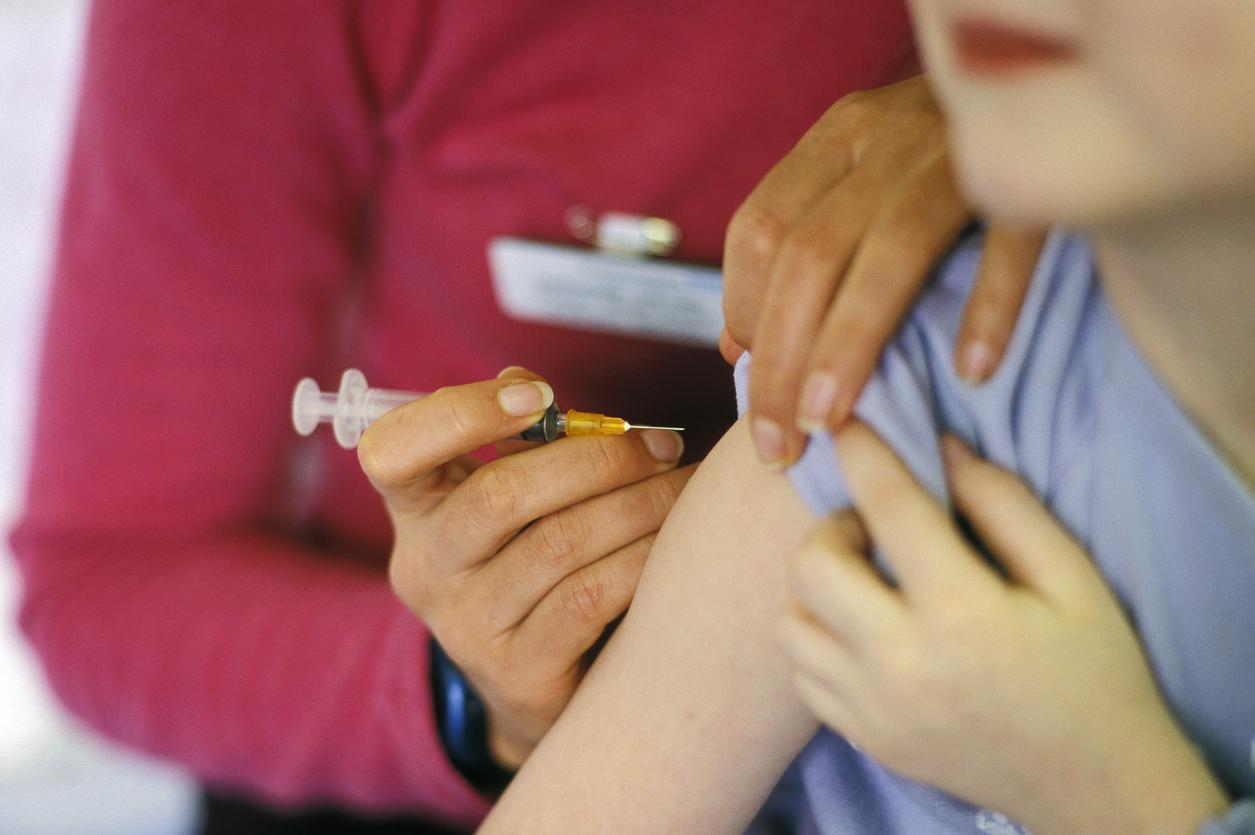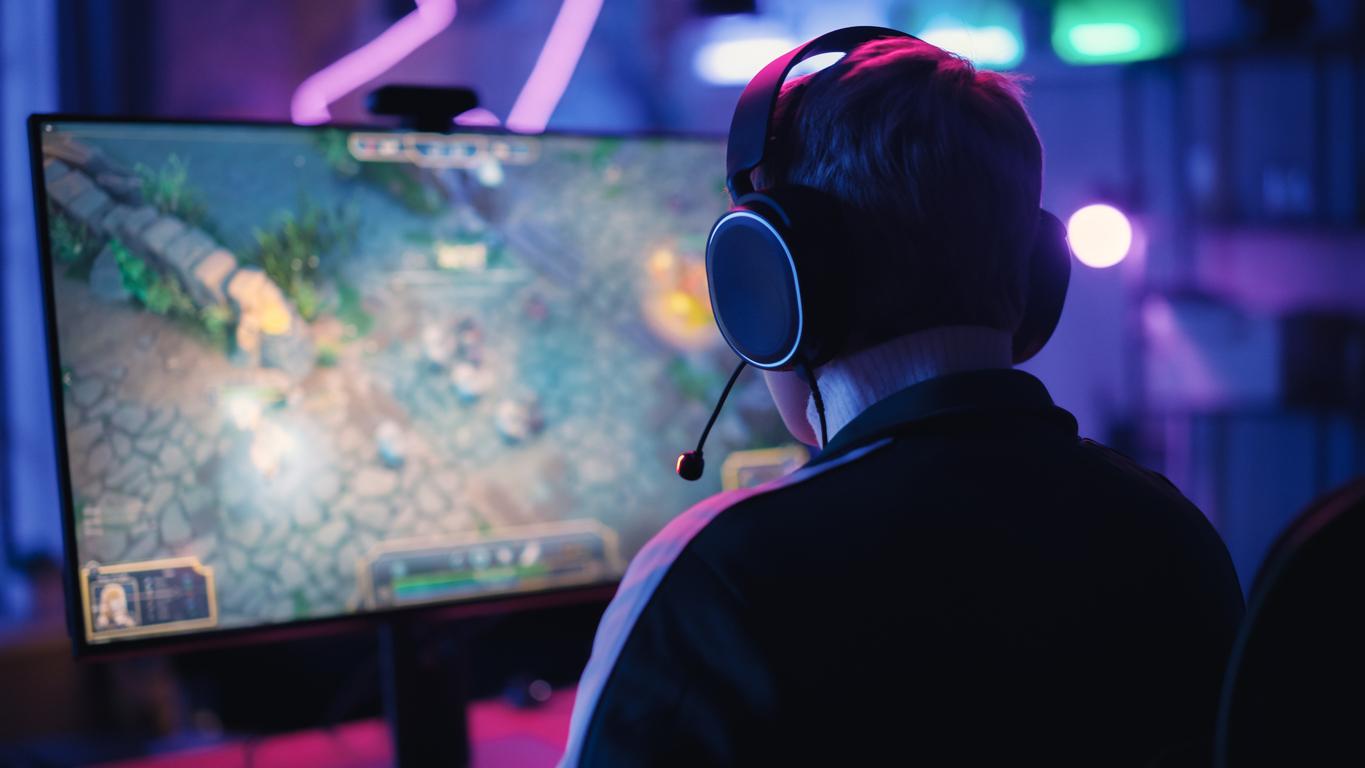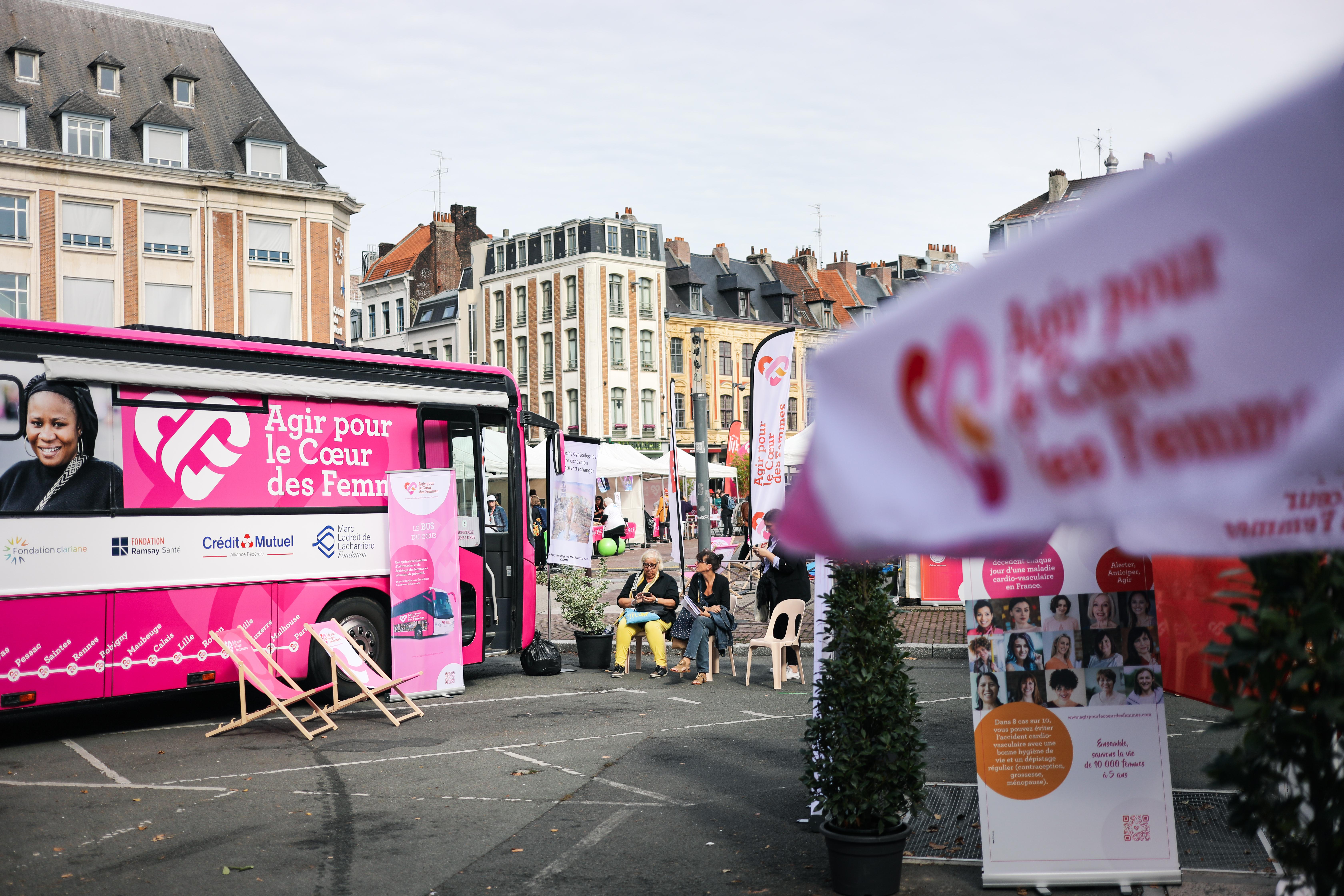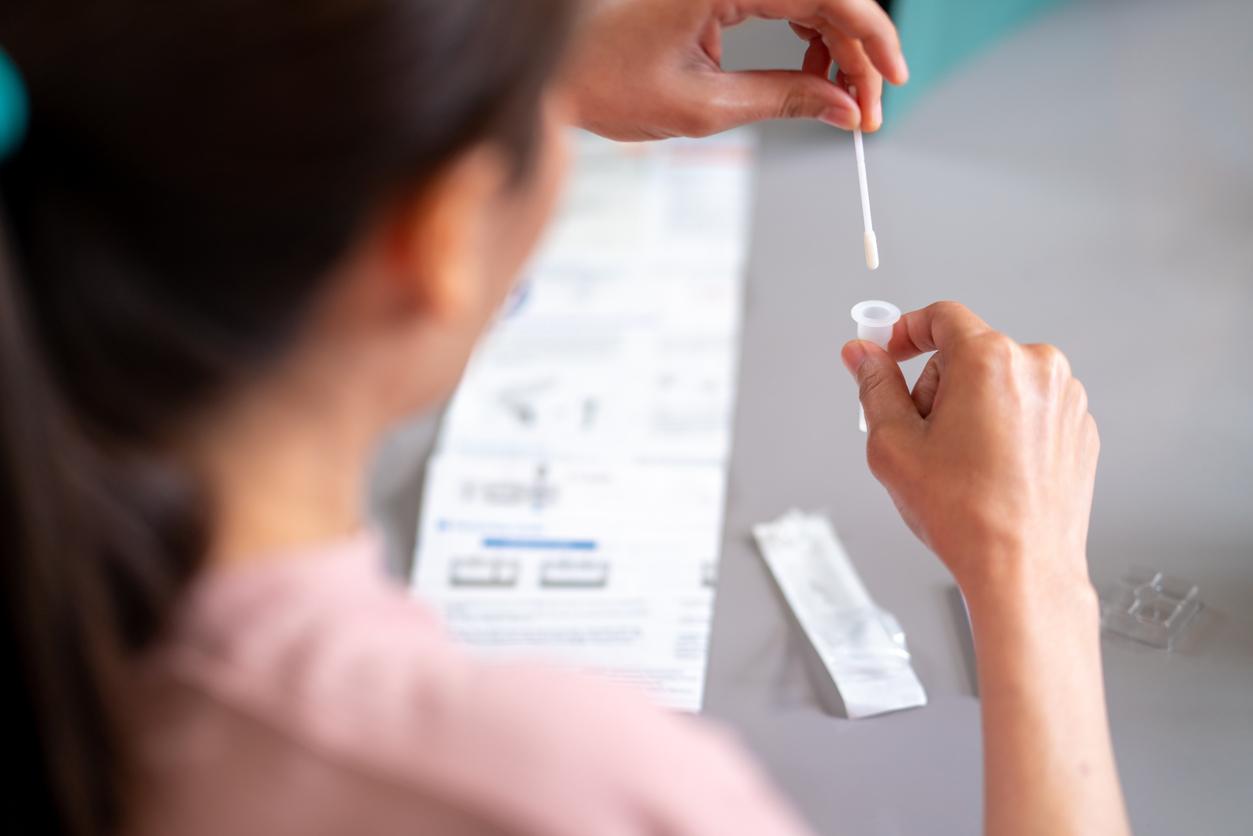To fight against Covid-19, a new screening test should soon be deployed after having received authorization from the Ministry of Health in early February.

- As with other tests, aside from saliva, RunCov works by collecting nasal samples.
- If the viral load is high, the result is obtained in 5 minutes and can take up to 30 minutes in the case of a low viral load.
Screening tests are on the rise. After the PCR, antigen and saliva tests, a fourth could very quickly see the light of day. Developed by the Center for International Cooperation in Agronomic Research for Development (CIRAD) in Réunion, RunCov offers a double promise: to be more reliable than the antigen test and faster than the PCR. At the beginning of February, it received the green light from the Ministry of Health to be used.
Fast and effective
As with other tests, aside from saliva, RunCov works by collecting nasal samples. To do this, long swabs must be inserted into the nostrils. The sample taken is then placed in a tube which is placed in a machine capable of analyzing it instantly. If the viral load is high, the result is obtained in 5 minutes and can take up to 30 minutes in the case of a low viral load. This is a considerable time saving compared to PCR tests, which need to be analyzed in the laboratory and for which it is necessary to wait about ten hours for the machine to detect the presence, or not, of a viral load. Moreover, this test is sensitive to different variants.
For the development of this new generation test, CIRAD drew inspiration from methods for diagnosing diseases affecting plants. “These so-called RT-Lamp molecular methods, based on the amplification of pieces of DNA from the pathogen, also work on human viruses”, specifies Isabelle Robène, researcher at CIRAD in Reunion, to Release. The difference with the classic PCR test which explains the time saving lies in the fact that the virus RNA is not extracted from the sample but worked at room temperature.
Soon deployed in airports
This test will soon be tested. Initially, it will be used at Saint-Pierre hospital and then should be deployed at airports, first for travelers going from Reunion to Mayotte and then on flights to mainland France. “We can intervene at the foot of patients, in an airport, a parking lot, a gymnasium, all you need is an electrical outlet”, adds Emmanuel Jouen who also works at CIRAD. The results are easily readable since the test is based on a fluorescence technique “numerically quantifiable”.

.

















